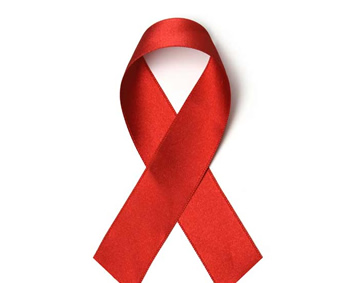
HIV is a viral infection that impacts the immune system, potentially leading to severe health complications and, if not managed effectively, can result in death.
While there is currently no cure for HIV, it is crucial to focus on preventive measures, as managing the condition can be challenging.
Here are refined and enhanced explanations of four behaviors that increase the risk of contracting HIV/AIDS:
1. Engaging in multiple sexual partnerships:
· It is advisable to maintain monogamous relationships to reduce the risk of HIV transmission. Alternatively, when involved with multiple partners, consistent and correct condom use is essential to protect against the virus.
· Practicing safe sex not only prevents HIV but also reduces the risk of other sexually transmitted infections (STIs).
2. Sharing needles, especially for drug injection:
· Sharing needles significantly elevates the risk of contracting HIV. Individuals who inject drugs should always use sterile needles and avoid sharing equipment to prevent the transmission of the virus.
· Accessing needle exchange programs and seeking support for substance abuse can further mitigate the risk associated with injecting drugs.
3. Engaging in anal sex (male to male sex):
· While HIV transmission can occur through vaginal sex, engaging in anal sex does pose a higher risk, particularly among certain demographics. In a 2020 study conducted in the USA, 68% of gay, bisexual men, and transgender men who have sex with other men were diagnosed with HIV.
· Consistent condom use during anal sex is crucial for reducing the risk of transmission. Open communication with partners and regular testing for HIV are also essential components of safer sexual practices.
4. Residing in communities with high HIV prevalence:
· Living in communities with a high prevalence of HIV/AIDS requires heightened awareness and proactive measures. Individuals should prioritize safe sex practices, consider abstinence, or adhere strictly to a single, uninfected partner.
· Accessing community-based HIV prevention and support services can provide valuable resources, education, and testing opportunities.
Preventing HIV/AIDS involves adopting responsible behaviors, open communication, and access to relevant resources.
Education and awareness within communities, coupled with individual responsibility, play crucial roles in reducing the incidence of HIV transmission.
Read Full Story

























Facebook
Twitter
Pinterest
Instagram
Google+
YouTube
LinkedIn
RSS